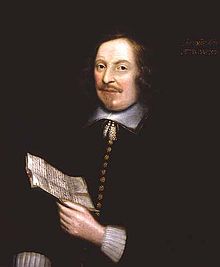Louis Gaston Hebert (1575 - 1627)
11th great-grandfather of wife
Guillemette Hebert (1608 - 1684)
Daughter of Louis Gaston Hebert
Elizabeth Couillard (1631 - 1704)
Daughter of Guillemette Hebert
Joseph Guyon (1649 - 1712)
Son of Elizabeth Couillard
Angelique Guyon (1677 - 1718)
Daughter of Joseph Guyon
Marie Angelique Letourneau (1697 - 1765)
Daughter of Angelique Guyon
Marie Madeleine Leboeuf (1731 - )
Daughter of Marie Angelique Letourneau
Jean Baptiste Gervais I (1753 - 1809)
Son of Marie Madeleine Leboeuf
Jean Baptiste Gervais II (1776 - 1811)
Son of Jean Baptiste Gervais I
Jean Baptiste Gervais III (1811 - 1887)
Son of Jean Baptiste Gervais II
Jean Baptiste Gervais IV (1832 - 1916)
Son of Jean Baptiste Gervais III
Achille Ovila Gervais (1886 - 1980)
Son of Jean Baptiste Gervais IV
Gladys Gervais (1915 - 1996)
Daughter of Achille Ovila Gervais
Barbara June Agla (1942 - )
Daughter of Gladys Gervais
Link
